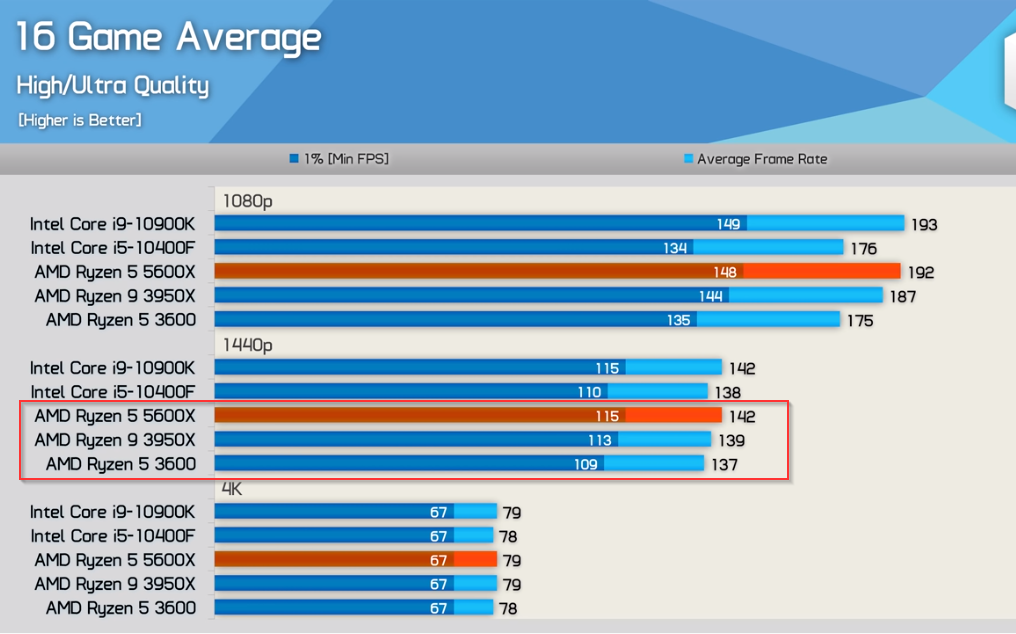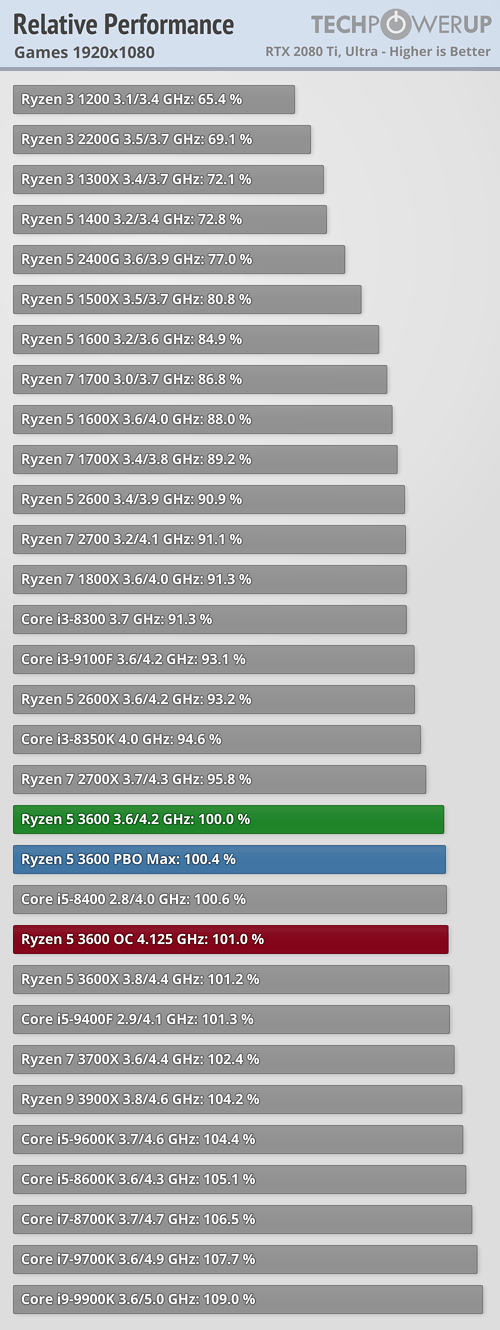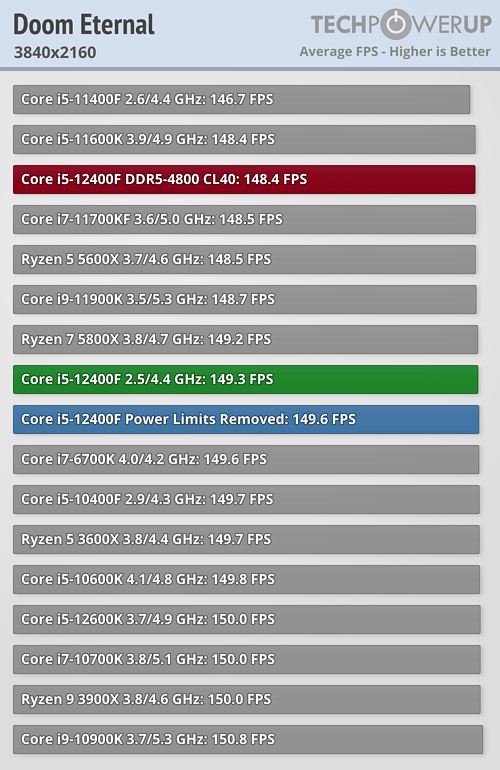d3athf1sh
[H]ard|Gawd
- Joined
- Dec 16, 2015
- Messages
- 1,233
yep just saw this today too: basically Gordon also brought up the fact that the chips that use multiple ccd's may have increased latency in the cache so may not get as much a benifit as the 5800x and like you said power draw prob too high on the 5900/5950 which would mean lowering clocks too much also negating benifits?Would expect this to be mostly a test-run to mature the v-cache process and to steal some of Intel's glory with regards to who has the fastest gaming CPU.
The 5800x is well into the diminishing returns area with regards to 142w as the performance difference between 130w and 142w is fairly small in my 5800x system, but the temp will differ by a significant margin. Looking at the rated clocks it seems they either ran out of power or are having trouble getting the 5800x3D to run as fast as the 5800x. For the 5900x the ideal power draw seems to be in the 160-170w range so if power draw is the limitation, then 2 sets of v-cache might make the CPU clocks go down too low with 142w of power in all core scenarios. A lot of boards can't go much above the 142w limit due to insufficient powerstages/vrm cooling so increasing the "stock" power draw is most likely not an option at this point.
Other possibilities are that the v-cache mostly scales in games or that it doesn't scale well when the load is distributed between 2 CCDs and v-caches. If it doesn't do much to increase performance in productivity, or even lowers it due to limitations caused by v-cache (clocks, powerdraw etc.), then it doesn't make sense for the 5900x or 5950x to get the upgrade. IMO the 5900x and 5950x don't make sense for games only as their advantages over the 5800x mainly shows themselves in productivity tasks.
My guess is that the v-cache is quite expensive and complex to manufacture compared to the stock CPUs until the process matures, but they may have very few "broken" CCDs. The 5600x and 5900x relies on CCDs with at least on core that is non-functional, otherwise they could make a 5800x/5950x instead. There could also be a high failure rate of the v-cache bonding causing a high price per functional CCD. If almost all working CCDs have 8 functional cores then 5800x3D and 5950x3D makes the most sense. AMD does have limited production capacity though, so they can make 2 5800x3D for each 5950x3D. Going 5800x3D only could double the number of CPUs that they can bring to customers and customers love "in stock".
Last edited:
![[H]ard|Forum](/styles/hardforum/xenforo/logo_dark.png)



